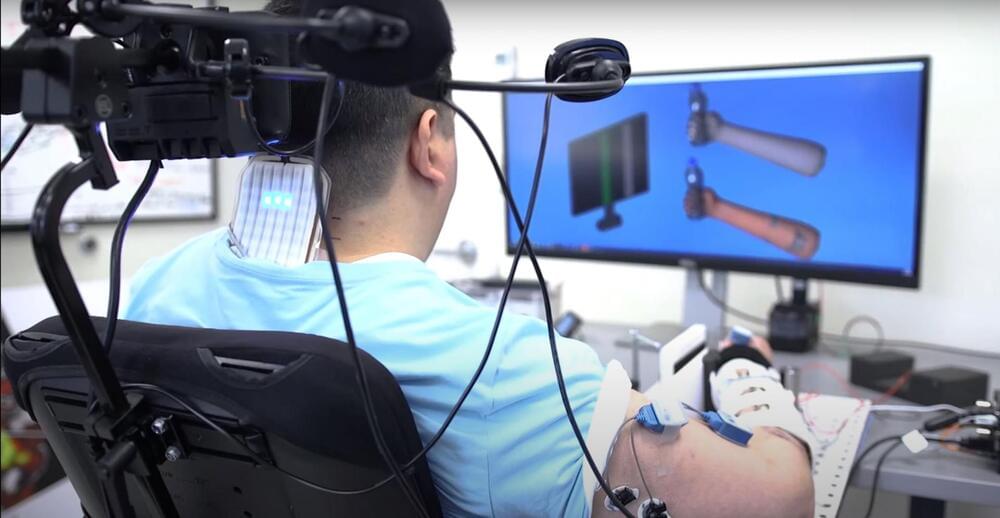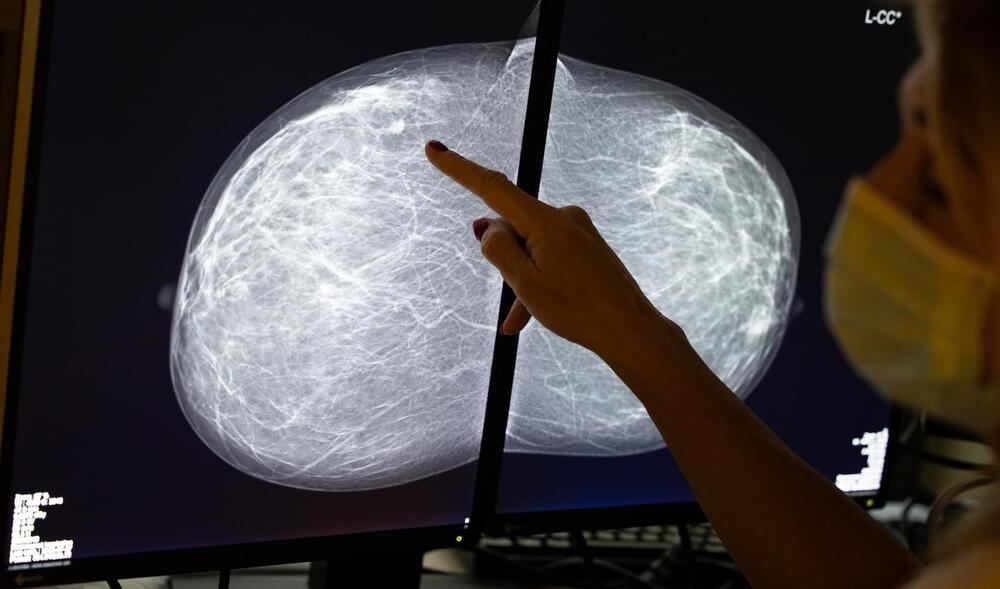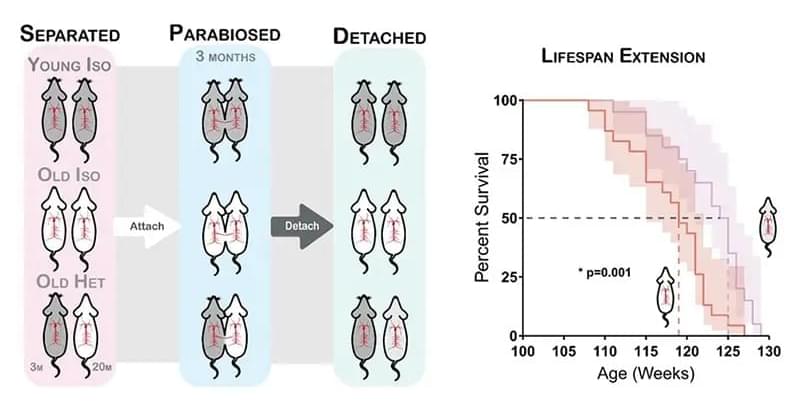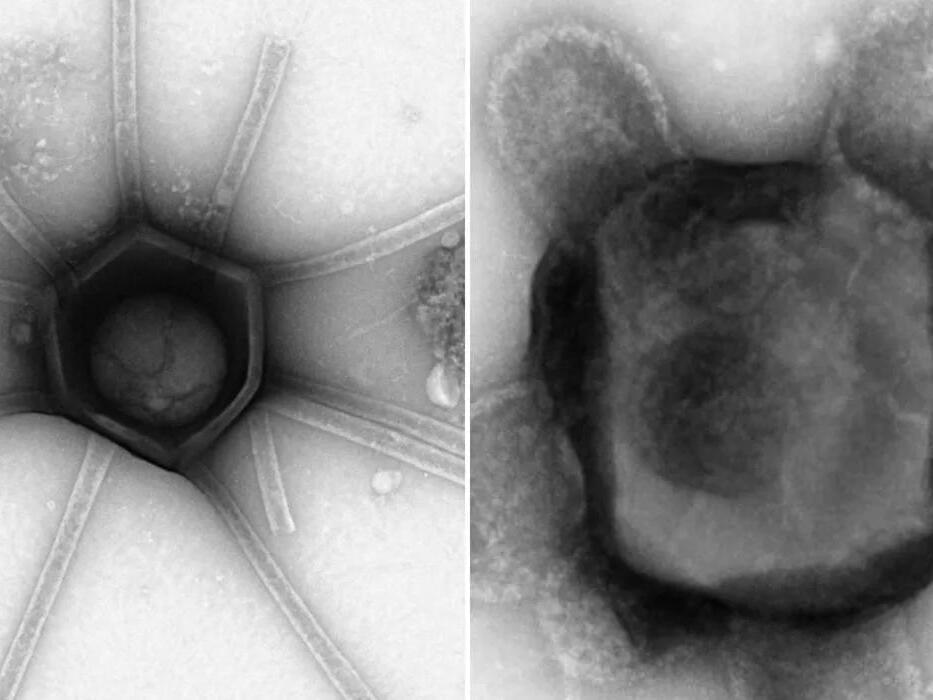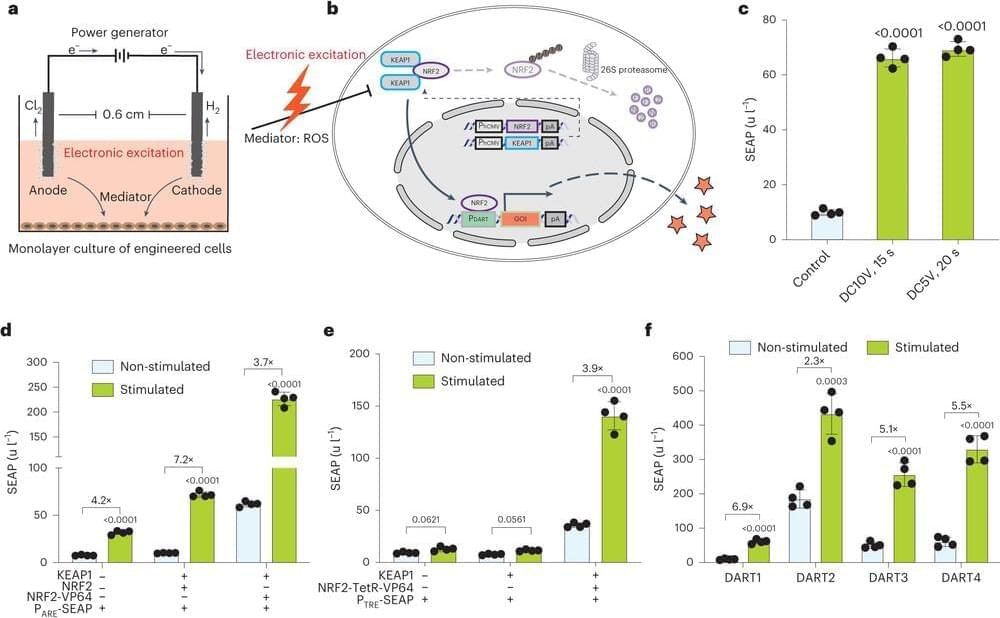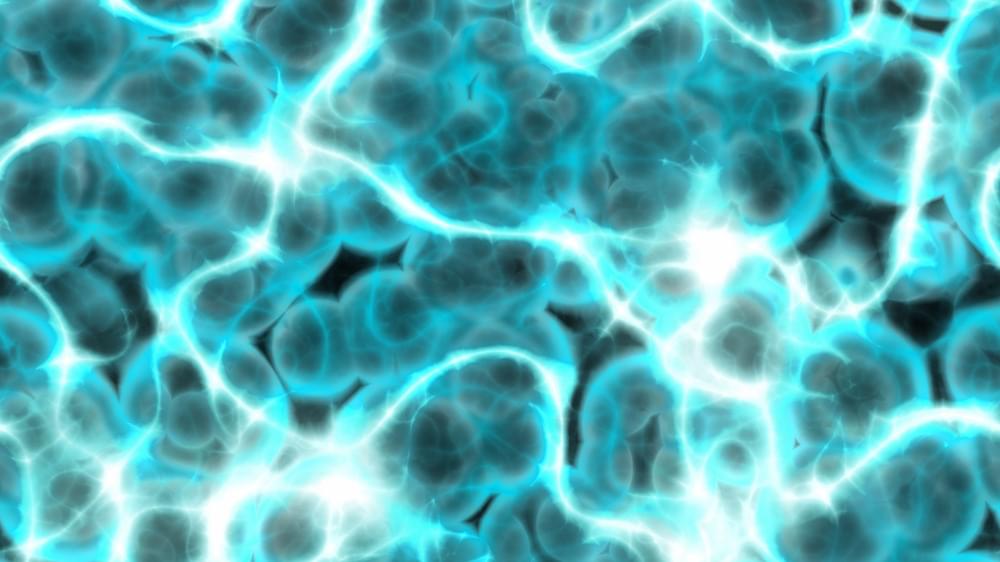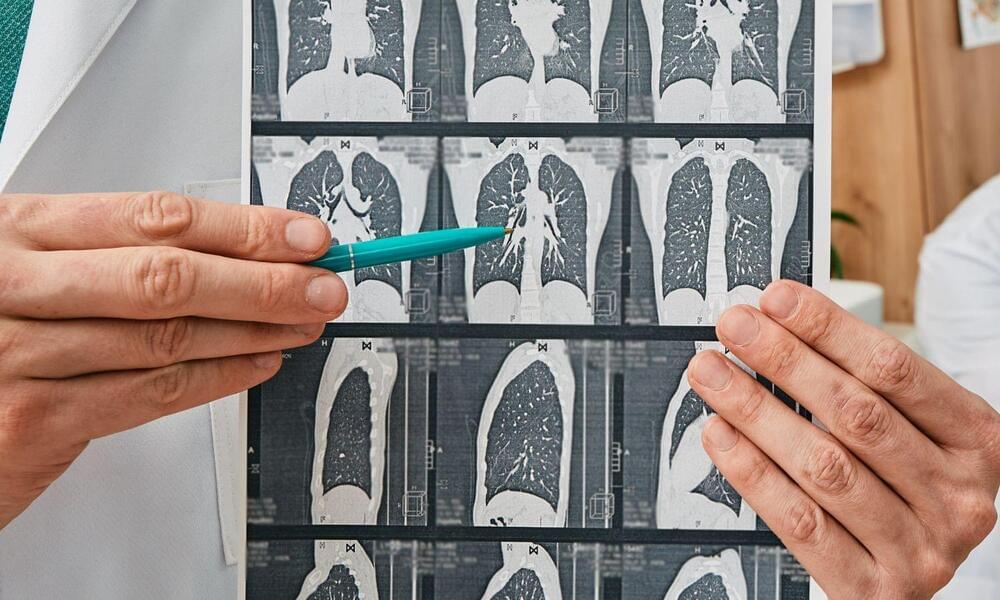Aug 2, 2023
AI-powered brain implant restores a paralyzed man’s ability to feel and move
Posted by Gemechu Taye in categories: biotech/medical, robotics/AI
An AI-powered brain implant helps a quadriplegia patient regain sensations and movement for the first time after a diving accident in 2020. Can this implant work for other paralysis patients?
Scientists at the Feinstein Institutes for Medical Research have re-established the connection between the brain, body, and spinal cord of a person living with quadriplegia (paralysis of all four limbs and trunk) due to a diving accident in 2020.
Continue reading “AI-powered brain implant restores a paralyzed man’s ability to feel and move” »
